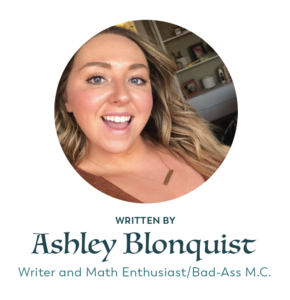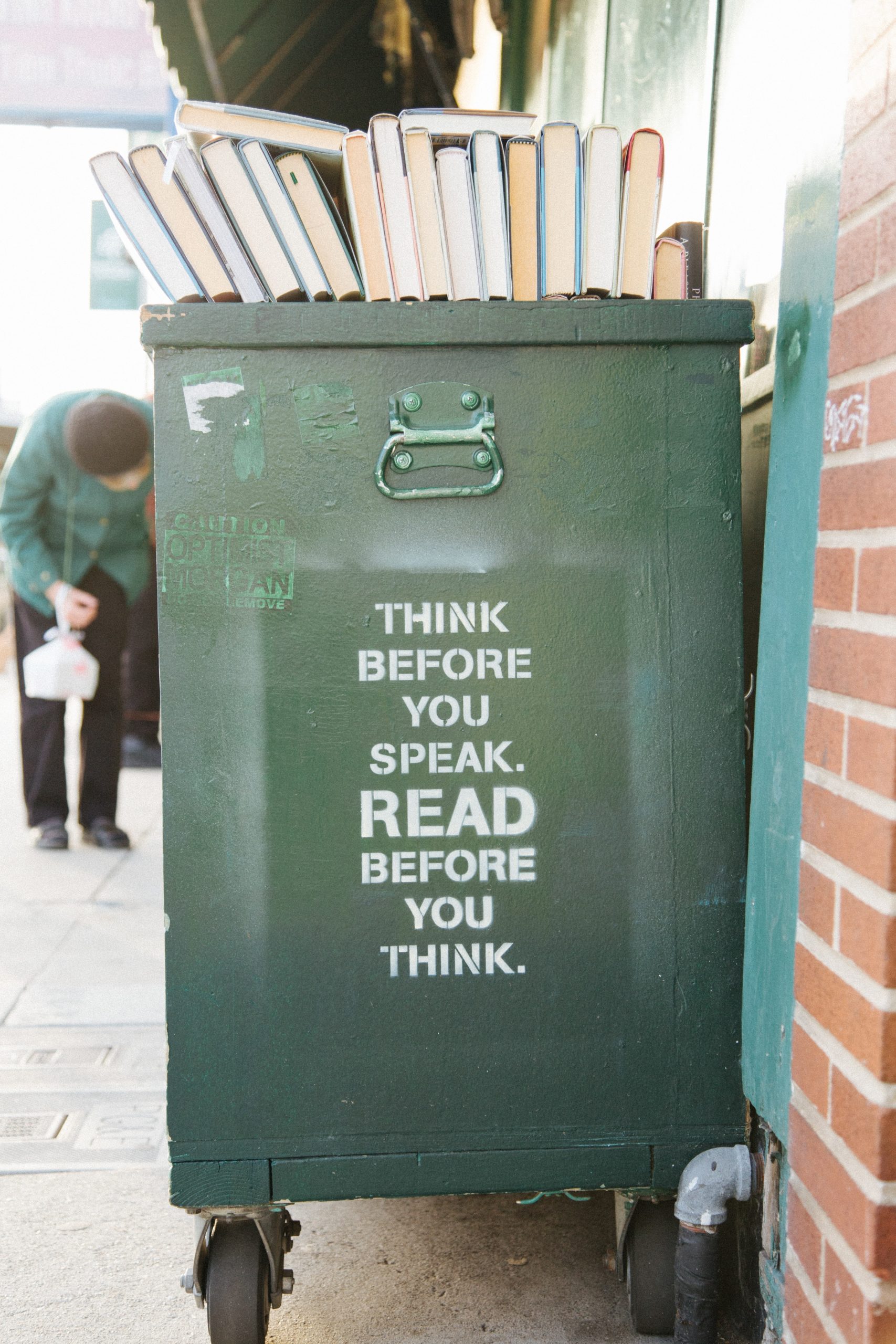Once upon a time, a woman was seeking freelance writing opportunities. She had just quit a toxic job where her confidence was stripped from her, forcing her to question her value. Was she afraid of hard work, like her former boss accused? Was she just not capable or good enough to achieve her goals? Probably, she often thought to herself.
Then, one day by chance, she learned of a potential freelance gig. Her fitness coach’s best friend had her own company, and she was looking for writers. Could this be it? What if she sucked? What if she let her fitness coach’s best friend down? What if she wasn’t capable or good enough?
Fast forward four years, and here sits the same woman seeking freelance opportunities. Only this time, she’s doing it – because her fitness coach’s best friend liked her work — and the young woman learned she is good enough.
And along the way, she’s learned even more helpful lessons.
Is she afraid of hard work? No, it’s just exhausting sometimes. Is she capable? Yes! She just procrastinates a lot. Is she good enough? Apparently, because she’s still around, trusted enough to write a blog about storytelling.
The actual intro to this blog
Okay, so there isn’t really a point to that story. But it wouldn’t make much sense if we had an entire blog about storytelling…only not to open it up with a story. Right?
What we’re talking about today is the power of combining storytelling with your marketing content. A match made in heaven…that usually ends up in hell. (That was a bit dramatic, but it’s part of the story, baby!)
Let’s break down why storytelling is so important in marketing and how you can add it to your content arsenal.
Why tell stories when you have shit to market?
Let’s get something straight: You’re not telling stories in place of marketing – you’re combining the powers of storytelling to market your shit better.
When you use storytelling as a tool, you’re inviting your audience to be a part of whatever it is you’re selling. It helps them visualize the “goal” of your writing – but in their own lives. As a result, you’re more likely to create human connections. And human connections are always a great selling tactic.
Another reason to incorporate storytelling? It helps solidify your brand voice and values! Sharing your own experiences through stories – whether they’re business, personal, or a little bit of both – is one of the most authentic ways to showcase your biz and what it stands for.
And if none of the above sell you on storytelling, do it because it’s more fun to read. There’s no denying that, mmmkay?
So…what makes a good story?
Listen, we’re not putting pressure on you to come up with a Nobel Prize-winning story here. At the core, storytelling is about sharing experiences, being vulnerable, and inviting others to relate to you. But if that feels like scary territory, no worries! Here are some guiding elements to help you out.
Evoking emotion
Think of some of your favorite books, stories, or even social media posts. The one thing they likely all have in common? Emotions. Whether they’re good, bad, uncomfortable, exciting, thrilling, cringeworthy, or something in between, emotions are what make a good story great.
Now, you don’t have to spill all of your deepest, darkest secrets to stir up emotions. It’s about adding an element of emotion that shows you’re human…a human who also feels things and can relate to others who feel those same things.
Supporting your ideas with facts
So, the thing about using storytelling to market your offers is that you can’t just stop at the emotional part. You have to support your stories, ideas, and emotions with facts. And those facts should be rooted in data, empathy, or real experiences.
Here’s an example of what we mean:
“It’s incredibly frustrating trying to stand out in an inbox full of billions of emails. And we get that. There are billions of emails sent every day. But you? You’ve got all the tools you need to make an impression through the email course I offer.”
See what we did there? This example showcases:
- The problem: Email marketing
- The emotion: Frustration
- Empathy: We understand where you’re coming from
- Fact: Sooo manyyyyy emaaaiiilllsssss
- The solution: This email course!
Making it about your readers
Whether you use storytelling to your advantage or ditch this advice altogether, just remember this:
Don’t make it about you.
Your offers, your content, your tactics….it’s not about you – make it about your reader. Ask yourself:
- What’s in it for them?
- Why should they choose your offer?
- What could their end results look like?
With that in mind, make sure your call-to-action (CTA) is centered around them, too. Instead of ‘Learn More’ or ‘Click Here,’ finesse your storytelling with a satisfying ending! One that says,
- Yes, that’s what I need!
- I’m ready to stand out in an inbox!
- Yes, I want to take the next step!
If any of those sound like you in terms of stepping up your storytelling, get in touch with Latasha, and we’ll help bring it to life! But for now…

